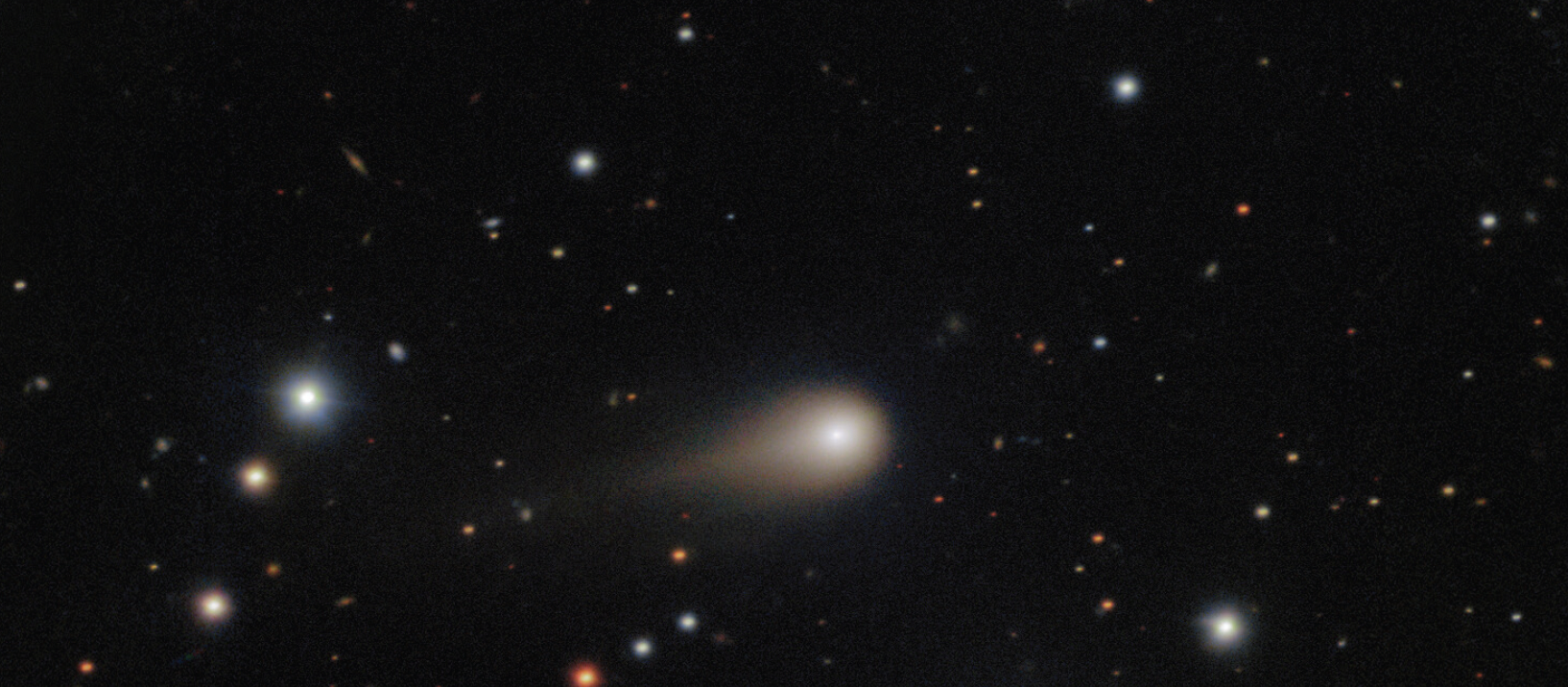Planetary Giants Rule the Sky
By Alan Hale
Our solar system’s two largest planets take center stage this month. Saturn is highest above the horizon about two hours after darkness falls, and it sets in the west a couple of hours after midnight. Jupiter rises during the midevening and passes almost directly overhead about two hours before the beginning of dawn.
Through a telescope, Saturn’s rings continue to open slowly and gradually after being presented edge-on to us earlier this year. Meanwhile, the cloud patterns in Jupiter’s atmosphere—which have been unusually active with several storms during recent months—may continue this behavior during at least the near future.
Venus has been a brilliant beacon in our morning sky for the past several months, but it has gradually been sinking lower to the horizon for the past few weeks. It all but disappears into the dawn by the end of the month. On Tuesday morning, November 25, Mercury passes close to Venus low in the dawn sky. It climbs higher during subsequent days for an appearance early next month while Venus essentially disappears into twilight.
There are no strong meteor showers during November, although there are various weaker showers that take place. The Leonid shower, which peaks around November 17, has a normal peak rate of about 10 meteors per hour, but it has been known to produce some extremely strong meteor storms around the time its parent comet, Tempel-Tuttle—with an orbital period of 33 years—returns, as what occurred around the beginning of the 21st century.
There is a possibility of enhanced activity this year, and since the moon will be at its new phase three days later, the skies should be relatively dark.
The newly discovered interstellar Comet 3I/ATLAS was closest to the sun just before the end of October, but it was hidden in sunlight on the far side of the sun from Earth at that time. It begins emerging into the morning sky by the second week of November and will travel northwestward through the stars of the Virgo constellation for the rest of the month as it makes its closest approach to Earth—167 million miles—shortly after mid-December.
While it is difficult to make accurate predictions of its brightness, larger backyard telescopes are likely to detect it as it begins completing its brief sojourn through our solar system and returns to its eternal travels through our galaxy.

